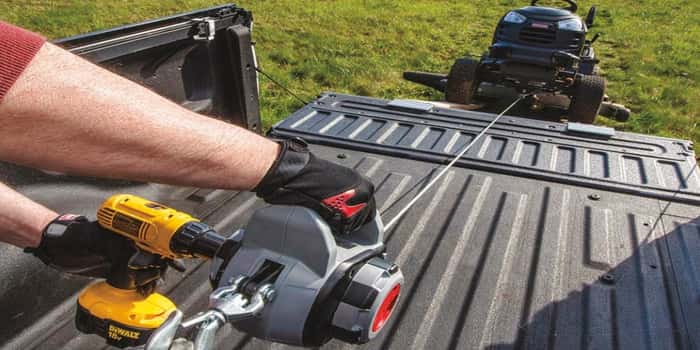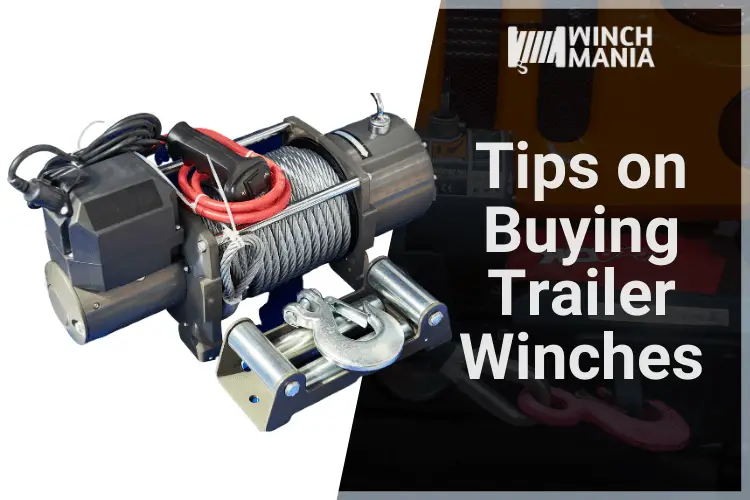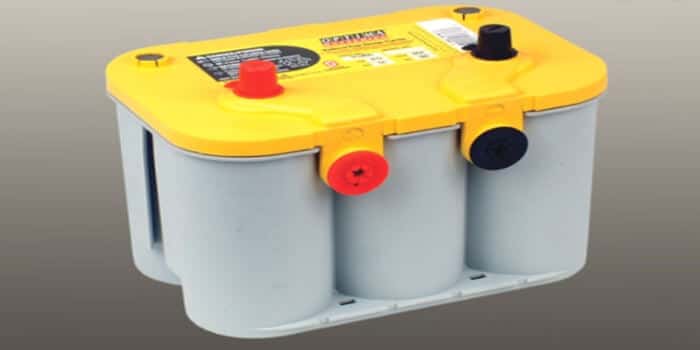The very first thing a winch buyer seeks from a winch is its strength. How much weight it can handle. Since there are many options, some might be left to wonder, “How big of a winch do I need?”
Physical Size Don’t Always Matter
The physical size of a winch don’t always matter. Unless what you seek is portability, in which case you need small winches, then you can go with any size of a winch.
When talking of the size of a winch, buyers most commonly and interchangeably mean the load capacity of a winch. In this article, I will help you understand how to measure the winch size you need.
The GVWR – What is it?
Every off-road vehicle has its own GVWR, or gross vehicle weight rating. It is sometimes referred to as GVM,or gross vehicle mass.
“GVWR, what is that?” I hear you ask. That is the estimated weight of your vehicle plus passengers, fuel, camping gear and any modifications made to the car. The GVWR is the estimate of much the vehicle weigh at its heaviest.
The GVWR should give you the first step into deciding the size of the winch you need. The GVWR can’t be easily figured out. You can’t normally search it on the net, either.
You can find the GVWR marked somewhere on the vehicle’s body. Some places where it can be located are:
– the door jamb on the driver’s side
– on a sticker under the hood
– in the owner’s manual
Winch Maximum Rated Load Capacity Aren’t Always Reliable
The winch maximum rated load capacity usually do not translate to real world mathematics. This can get very technical, but I will try to make it as simple as I can.
The rated load capacity of a winch can only be met at optimum conditions. And winches are hardly even at optimum conditions, especially if used for an emergency situation like vehicle recovery.
Winch Optimum Performance
A lot of factors come into play when it comes to a winch providing its best possible performance. But the most important of these are:
– having a straight pull
– having the best electrical system and
– having only one wrap of cable spooled around the winch drum
The Straight Pull
Winches are tested with a straight pull. This means that pulling at an angle reduces the weight capacity of your winch. I will not embarrass myself trying to explain the physics of it, but I can explain it using a little imagination.
Imagine yourself pulling something heavy with a rope. In this analogous scenario, you are the vehicle and your arm is the winch. Naturally, your arm is stretched out in the same direction as the rope. But what if the rope is as an angle with your arm? Will your pulling be as effective? No.
The same scientific principle is applicable to winches.
A Bad Electrical Setup Provides Inefficient Power
Winches run on electricity. At least, the most common winches are. There are other types of winches, but chances are, you’ll have to use as electric winch.
Your winch needs a certain amount of amps to work well. If your battery is small, weak, old, or corroded, it might not provide sufficient juice. But even if your battery is powerful enough, it might run out of power without a good alternator. An alternator changes the battery when it is used to power a winch. If you have a bad alternator, your winch may lose power and shut down after depleting the battery over prolonged use.
But even if you have both a good battery and alternator, they might not provide every bit of potential power because of a bad wiring. The wirings provide the connection between winch and the battery. If they are terrible, then you’d have a bit of power lost instead of used to pull. He connections to the battery’s negative and positive terminals have to be perfect and direct. The cables have to be in perfect working condition and uncorroded.
The More Cable Wraps, the Weaker the Winch
Winches are rated with one layer of cable on the winch drum. But the more layers of cable present on the drum, the weaker the winch gets.
As a roughly close estimate, each layer of cable wrapped around the winch drum reduces the winch’s pulling strength by 10%. this means that if there are five layers of cable on the drum when pulling, you are getting 60% of power form the winch. If you’re using a 10,000 lb winch, you should only be able to use 6000 lbs of pulling force.
To remedy this, try to find an anchor that is as far away as the line can reach. For this kind of scenario, a synthetic rope is preferable. Because they are lighter and has less mass, you can use more of it than a steel cable wire. See this guide to see the differences between these two types of winch lines.
More Power Can’t Hurt
The common standard when choosing a vehicle recovery winch is that the load capacity should be at least 1.5 times the weight of your vehicle. This should also provide enough force even in non-optimum situations.
Having a winch much powerful than necessary also gives you more flexibility. Getting stuck in mud or on a downhill slope increases the weight of your vehicle. The extra power from the winch should be able to overcome that.
Although, 1.5x is the standard, I say more power can’t hurt. If you have the budget, then go for a stronger winch. With a stronger winch, you always have the option of accomplishing more. But if your winch is too weak, you’ll often be left to deal with frustrations.
To help you in buying the best winch for you, see our helpful buying guide on the matter.



